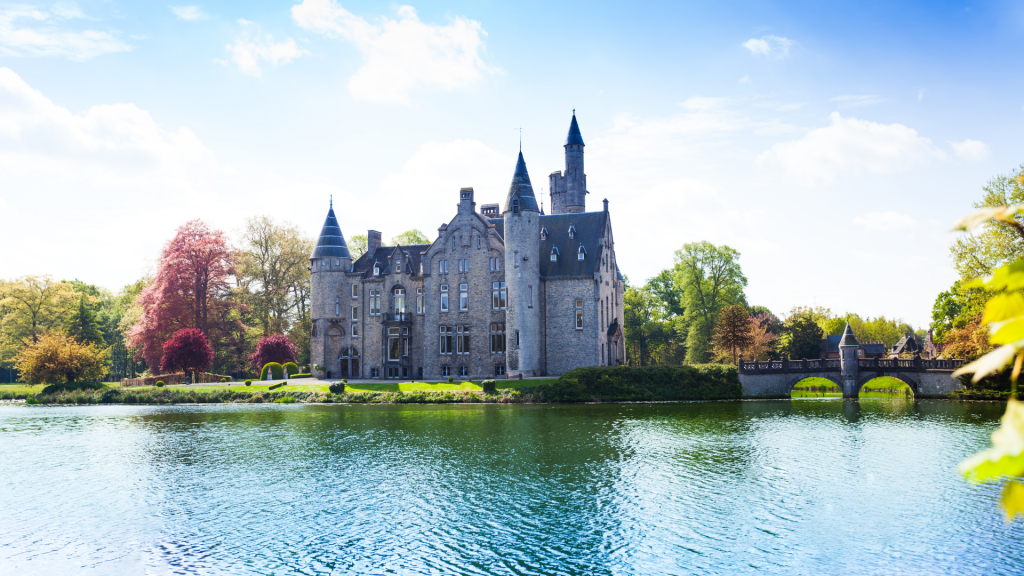Bornem Castle (also known as Castle Marnix de Sainte Aldegonde) has a more than thousand year history, starting with a wooden guard tower, evolving into a motte castle and finally a stone castle. The current castle was completely rebuilt at the end of the 19th century and has been the property of the family de Marnix since 1773, currently still being occupied by count John de Marnix. Given that the castle is under private ownership, opening up the castle and castle grounds for visitors is not straightforward. The project that is the focus of this practice abstract was the development of a visitor centre, and the improvement of the museal exhibits of the castle, with an eye on improving visitor accessibility and linking the castle of Marnix de Sainte Aldegonde with a wider network as part of the «Castles of the Scheldt» project. The project coordinator worked in close collaboration with the local destination management organizations and the private owner of the castle, with project subsidies coming from the Flemish policy level, in order to balance project objectives with private interests and respect for privacy of the castle occupants. The Philips de Marnix-exhibition, focussing on the history of the family’s ancestor that was the right-hand man of Willem of Orange in the 16th century, and the private collection of Brueghel the Elder engravings, were updated to modern interpretation standards and through the new visitor centre, visitors receive the historical information of the castle, the wider region of Bornem, and the other sites of the project. The information centre also serves a starting point for guided tours that are offered from the 1st of April to the 15th of November. Importantly, the visitor information centre also serves as a central node in another tourism-recreational product: the prospective National Park «Valley of the Scheldt» (i.e. «Rivierpark Scheldevallei»). Bornem Castle serves as one of the access gates to the prospective national park, thereby linking this unique cultural heritage site with a nature-focused tourism experience as well. The intervention shows how collaborative efforts between private-public partners, supported by a shared higher-level vision can overcome initial difficulties to open up accessibility to cultural heritage. Furthermore, by envisioning the visitor information centre as a node in both a larger castle route and as an entrance gate to a prospective national park, the attraction becomes elevated and the potential positive impacts for the region increase accordingly by creating routes, rather than singular point attractions.


